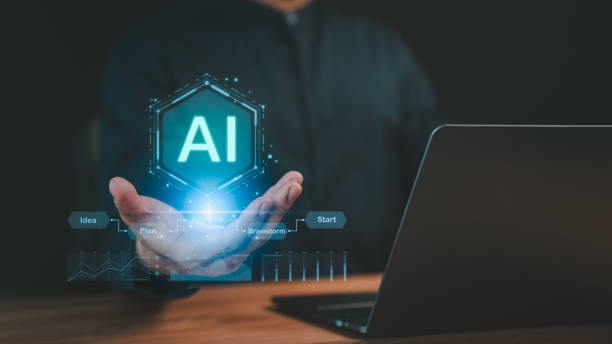What is Artificial Intelligence and How Does an AI Robot Work?

What is Artificial Intelligence and How Does an AI Robot Work?
#Artificial_Intelligence (AI) is a branch of computer science that deals with building machines capable of performing tasks that typically require human intelligence.
These tasks include learning, problem-solving, pattern recognition, reasoning, and natural language understanding.
Artificial intelligence can be broadly divided into two categories: Narrow AI, which is designed to perform a specific task, and General AI, which has the ability to perform any task that a human can.
An AI robot is a combination of robotics and artificial intelligence.
These robots use AI algorithms to understand their environment, make decisions, and perform tasks.
For example, an AI robot might use machine vision to recognize objects, natural language processing to understand verbal commands, and machine learning to improve its performance over time.
AI robots are used in various fields, including manufacturing, customer service, healthcare, and security.
In summary, an AI robot is a machine that, using artificial intelligence, is capable of performing tasks previously only accomplishable by humans.
These robots have high potential to reshape our lives and work.
Does your current e-commerce website design not generate the expected sales for you?
RasaWeb is an expert in professional e-commerce website design!
✅ An attractive and user-friendly website aiming to increase sales
✅ High speed and security for an ideal shopping experience⚡ Get a free consultation on online store design with RasaWeb!
Types of AI Robots and Their Applications
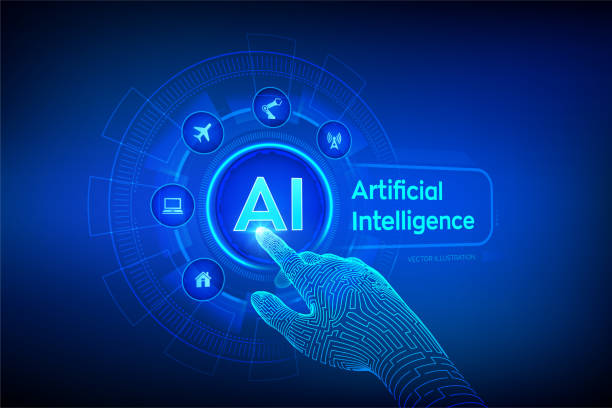
Types of AI Robots and Their Applications
AI robots are divided into different types based on the kind of tasks they perform.
Some of the most common types of AI robots include:
- Industrial Robots These robots are used in factory production lines for repetitive and heavy tasks such as welding, painting, and packaging.
Industrial robots are typically very precise and fast, and they can work continuously without fatigue. - Service Robots These robots are designed to provide services to humans.
For example, service robots can work as waiters in restaurants, cleaners in hotels, or security guards in shopping centers. - Medical Robots These robots are used in hospitals and medical centers to assist doctors and nurses.
Medical robots can help with complex surgeries, patient rehabilitation, and drug delivery to patients. - Military Robots These robots are used in armies for dangerous and difficult tasks such as bomb disposal, intelligence gathering, and equipment transportation.
- Space Robots These robots are used for space exploration and scientific research on other planets.
Space robots must be able to withstand harsh environmental conditions such as extremely high or low temperatures and intense radiation.
The applications of AI robots are very broad and diverse.
These robots can be used in any field where repetitive, dangerous, or difficult tasks need to be performed.
Advantages and Disadvantages of Using AI Robots
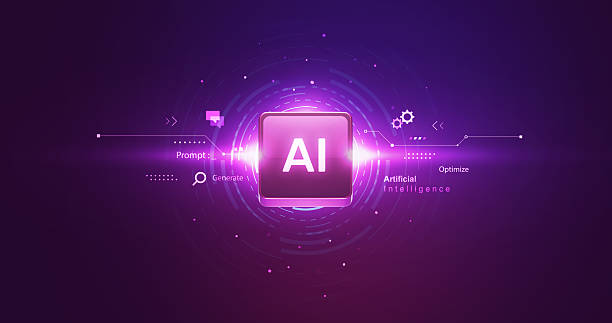
Advantages and Disadvantages of Using AI Robots
The use of AI robots has many advantages, including:
- Increased Productivity AI robots can work continuously without fatigue, leading to increased productivity and reduced costs.
- Improved Quality AI robots can perform precise and error-free tasks, leading to improved quality of products and services.
- Reduced Risks AI robots can perform dangerous tasks, which reduces risks for humans.
- Creation of New Job Opportunities The development and maintenance of AI robots can create new job opportunities.
However, the use of AI robots also has disadvantages, including:
- High Cost Purchasing and setting up AI robots can be expensive.
- Need for Expertise Maintaining and repairing AI robots requires specialized expertise.
- Job Displacement AI robots can replace some jobs, leading to increased unemployment.
- Ethical Concerns The use of AI robots also brings ethical concerns, such as who is responsible for the decisions an AI robot makes.
Ultimately, the decision to use an AI robot should be made by considering its advantages and disadvantages and in accordance with the specific circumstances of each case.
| Advantage | Description |
|---|---|
| Increased Productivity | Continuous work without fatigue |
| Improved Quality | High precision and reduced errors |
| Reduced Risks | Performing dangerous tasks |
| Disadvantage | Description |
|---|---|
| High Cost | Expensive purchase and setup |
| Need for Expertise | Complex maintenance |
| Job Displacement | Potential increase in unemployment |
Challenges Facing the Development of AI Robots

Challenges Facing the Development of AI Robots
The development of AI robots faces numerous challenges.
Some of these challenges include:
- Technical Issues Building robots that can operate autonomously in complex environments is still a major technical challenge.
Robots must be able to understand their surroundings, plan routes, and perform tasks without human intervention. - Ethical Issues The use of AI robots also brings ethical concerns.
For example, who is responsible for the decisions an AI robot makes? How can the misuse of AI robots be prevented? - Legal Issues Laws and regulations regarding the use of AI robots are still under development.
For example, who is responsible for damages caused by the operation of an AI robot? - Social Issues Public acceptance of AI robots is a social challenge.
Some people are concerned that robots will replace their jobs or that robots will take control of their lives.
To overcome these challenges, further research in artificial intelligence, the development of appropriate laws and regulations, and public education about the advantages and disadvantages of AI robots are needed.
Does your current e-commerce website design lead to lost customers and sales?
RasaWeb is your solution with modern and user-friendly e-commerce website designs!
✅ Significant increase in conversion rates and sales
✅ Building strong branding and attracting customer trust
⚡ Get a free e-commerce website design consultation from RasaWeb!
What Will Be the Future of AI Robots?
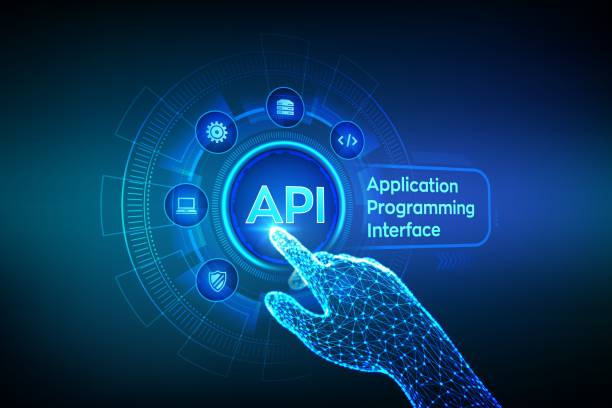
What Will Be the Future of AI Robots?
The future of AI robots looks very bright.
With continuous advancements in artificial intelligence, robots are expected to be capable of performing more complex tasks and be used in more fields in the future.
Some predictions about the future of AI robots include:
- Robots will be everywhere In the future, robots will be present in homes, workplaces, hospitals, schools, and other places.
- Robots will collaborate with humans Robots and humans will work together to perform tasks in the future.
- Robots will make our lives easier In the future, robots will perform repetitive and difficult tasks, allowing humans to focus on more creative and important work.
- Robots can change the world Robots can change the world by providing new solutions to existing problems.
However, it should also be noted that the development of AI robots must be carried out with care and responsibility to prevent potential problems.
The future of robotics can be promising yet challenging.
How to Build an AI Robot

How to Build an AI Robot
Building an AI robot is a complex project that requires various knowledge and skills.
However, with the right tools and resources, a simple AI robot can be built.
The general steps for building an AI robot are:
- Define the Goal First, you need to determine the purpose of building the robot.
What tasks is the robot intended to perform? - Select Hardware Next, you need to choose the necessary hardware for building the robot.
This hardware includes microcontrollers, sensors, motors, and other electronic components. - Select Software Then, you need to select the software required to control the robot.
This software includes the operating system, programming language, and AI libraries. - Program the Robot After that, you need to program the robot to perform the desired tasks.
- Test and Refine Finally, you must test the robot and, if necessary, refine its programming.
Many resources are available for learning how to build an AI robot, including books, online courses, and online forums.
Difference Between an AI Robot and a Regular Robot

Difference Between an AI Robot and a Regular Robot
The main difference between an AI robot and a regular robot lies in their ability to make decisions and learn.
Regular robots operate based on predefined programs and cannot make independent decisions.
However, AI robots use artificial intelligence algorithms to understand their environment, make decisions, and perform tasks.
For example, a regular robot might be designed to perform a specific task, such as welding.
This robot operates based on a predefined program and cannot adapt to new conditions if circumstances change.
However, an AI robot can understand its surroundings using machine vision and improve its welding performance using machine learning.
In summary, an AI robot is smarter and more flexible than regular robots and can be used in more fields.
The Role of AI Robots in Industry
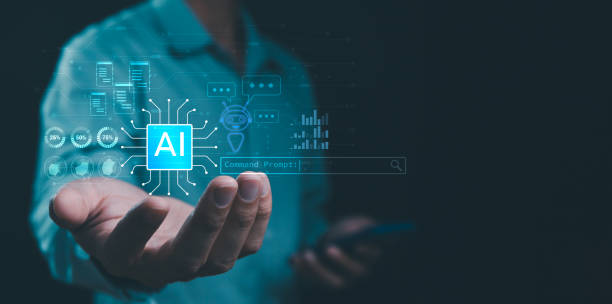
The Role of AI Robots in Industry
AI robots play an important role in industry.
These robots can be used in various fields such as manufacturing, logistics, and customer service.
Some applications of AI robots in industry include:
- Automation AI robots can automatically perform repetitive and tedious tasks, leading to increased productivity and reduced costs.
- Quality Control AI robots can accurately inspect products and ensure their high quality.
- Process Optimization AI robots can analyze data and optimize production and logistics processes.
- Customer Service AI robots can answer customer questions and resolve their issues.
With continuous advancements in artificial intelligence, the role of AI robots in industry is expected to increase in the future.
Companies can increase their competitiveness and improve their profitability by using AI robots.
| Feature | AI Robot | Regular Robot |
|---|---|---|
| Decision-making | Yes (based on AI algorithms) | No (based on predefined programs) |
| Learning | Yes (using machine learning) | No |
| Flexibility | Very High | Low |
| Application | Broad and diverse | Limited and specific |
Does your company website perform as it should for your brand? In today’s competitive world, your website is your most important online tool. RasaWeb, an expert in professional corporate website design, helps you to:
✅ Attract customer credibility and trust
✅ Convert website visitors into customers
⚡ Get a free consultation!
Ethical Issues Related to AI Robots

Ethical Issues Related to AI Robots
The development of AI robots raises significant ethical issues.
Some of these issues include:
- Responsibility Who is responsible for the decisions an AI robot makes? If an AI robot causes damage, who should compensate for it?
- Privacy AI robots can collect a lot of information about individuals.
How can this information be protected and prevented from being misused? - Discrimination AI algorithms may be discriminatory, causing AI robots to treat individuals unfairly.
How can discrimination in AI algorithms be prevented? - Control Who should control the AI robot? How can it be ensured that the AI robot is used for benevolent purposes?
To resolve these ethical issues, discussion and dialogue among experts, policymakers, and the general public are needed.
Additionally, appropriate laws and regulations for the use of AI robots need to be established.
How to Use AI Robots Safely
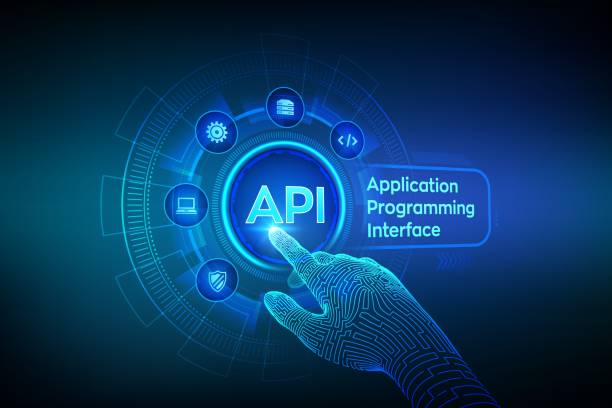
How to Use AI Robots Safely
To use AI robots safely, the following precautions should be taken:
- Training Before using an AI robot, you should receive the necessary training.
- Follow Instructions You must carefully follow the manufacturer’s instructions.
- Maintenance You must regularly maintain the AI robot.
- Monitoring You must monitor the performance of the AI robot.
- Power Disconnection In case of any problem, you must disconnect the power to the AI robot.
By following these precautions, you can safely use the AI robot and benefit from its advantages.
Frequently Asked Questions
| Question | Answer |
|---|---|
| What is an AI robot? | An AI robot is a machine capable of understanding its environment, reasoning, learning, and making decisions to perform tasks autonomously. |
| What is the difference between regular robots and AI robots? | Regular robots perform repetitive tasks based on prior programming, while AI robots can learn from experience, interact dynamically with their environment, and even behave in ways that resemble human intelligence. |
| What are the main applications of AI robots? | They are used in industries (manufacturing, assembly), medicine (surgery, diagnosis), services (customer support, domestic), exploration (space, underwater), and many other fields. |
| What technologies are used in building AI robots? | Machine Learning, Computer Vision, Natural Language Processing, Deep Learning, and Robotics are among the key technologies. |
| Can AI robots have emotions? | Currently, robots do not have emotions in the human sense. They can identify and react to emotions, but they do not experience emotions themselves. |
| What are the main challenges in the development of AI robots? | Safety, reliability, ethics, autonomy, adaptability to complex environments, and natural human interaction are important challenges. |
| How are AI robots trained? | They are usually trained using large amounts of data, machine learning algorithms, and deep learning to identify patterns and make decisions. |
| Examples of AI robots in daily life? | Smart robotic vacuum cleaners, customer support chatbots, self-driving cars, and surgical robots in hospitals. |
| Are AI robots a threat to human jobs? | Some repetitive jobs may become automated, but at the same time, robots can increase productivity and create new jobs in the development, maintenance, and oversight of these systems. |
| How is the future of AI robots predicted? | They are expected to become smarter, more autonomous, and capable of performing more complex tasks, and to interact more closely with humans in various environments. |
And other advertising services from RasaWeb Advertising Agency:
- Smart Conversion Rate Optimization: A dedicated service for growing customer acquisition based on user experience customization.
- Smart Digital Branding: Designed for businesses seeking to increase click-through rates through marketing automation.
- Smart Sales Automation: A combination of creativity and technology for campaign management through attractive UI design.
- Smart Sales Automation: A fast and efficient solution for analyzing customer behavior with a focus on precise audience targeting.
- Smart Conversion Rate Optimization: Transform user interaction with the help of precise audience targeting.
And over hundreds of other services in the field of internet advertising, advertising consultation, and organizational solutions.
Internet Advertising | Advertising Strategy | Advertorials
Resources
What is Analytical AI?
Applications of Smart Robotics in Industry
Challenges of AI Development in Iran
The Future of AI and Its Impact on Life
? Ready to transform your business in the digital world? RasaWeb Afarin Digital Marketing Agency, with its expertise in professional website design and SEO, offers innovative solutions for your growth and visibility.
📍 Tehran, Mirdamad Street, next to Bank Markazi, Kazeroon Jonubi Alley, Ramin Alley, No. 6

